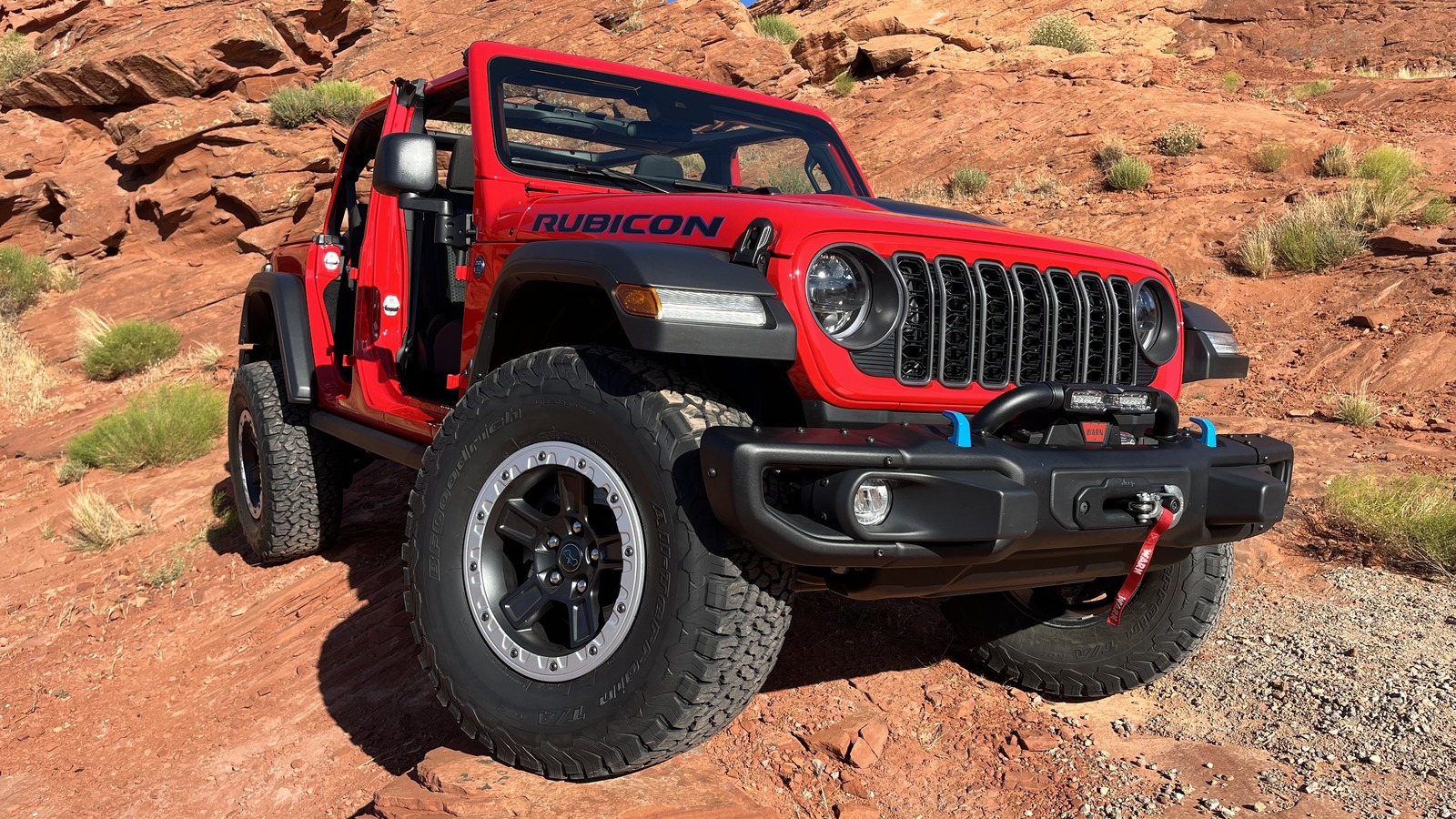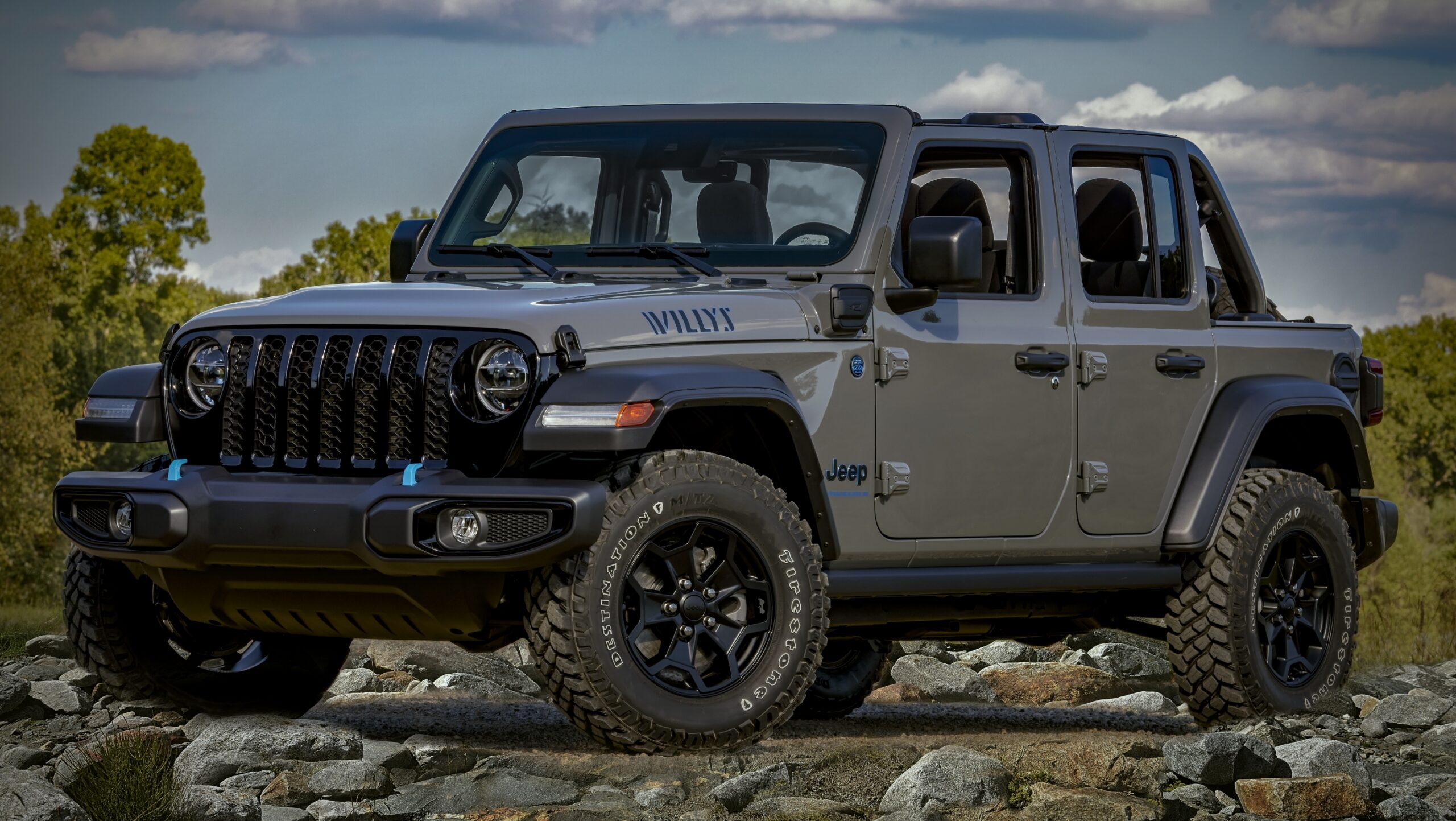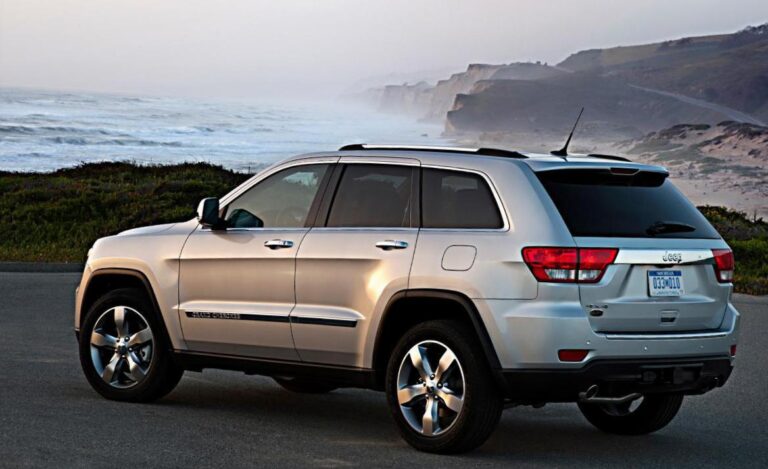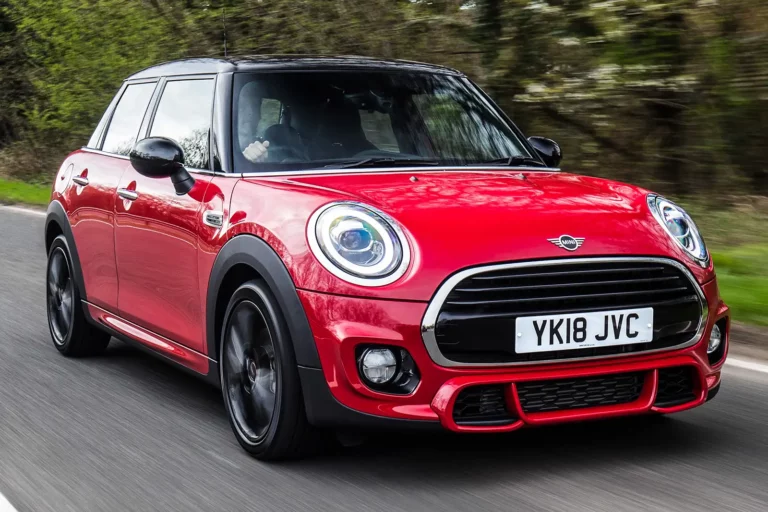The Heart of Adventure: A Deep Dive into the Jeep Wrangler 2-Door Engine
The Heart of Adventure: A Deep Dive into the Jeep Wrangler 2-Door Engine jeeps.truckstrend.com
The Jeep Wrangler 2-door stands as an undisputed icon in the automotive world, a symbol of freedom, rugged capability, and a direct lineage to its military ancestors. While its distinctive design and legendary 4×4 system often grab the spotlight, the true heart of this off-road legend lies beneath its hood: the engine. The engine in a 2-door Jeep Wrangler isn’t just a power source; it’s the core component that dictates its on-road manners, its formidable off-road prowess, and its overall character. Understanding the various engine options, their characteristics, and how they impact performance is crucial for any current or prospective Wrangler owner, as it directly influences everything from daily commutes to conquering the most challenging trails. This comprehensive guide will delve into the engines that have powered and continue to power the 2-door Wrangler, offering insights, practical advice, and a clear understanding of what makes each one tick.
The Evolution of Power: A Historical and Current Perspective
The Heart of Adventure: A Deep Dive into the Jeep Wrangler 2-Door Engine
The 2-door Jeep Wrangler, through its various generations (YJ, TJ, JK, and JL), has seen a fascinating evolution in its engine offerings. Each era brought different powerplants, designed to meet the demands of performance, emissions, and fuel efficiency while maintaining the Wrangler’s core identity.
- Early Generations (YJ & TJ): These models were primarily known for their robust inline-six engines, most notably the 4.0L High Output (HO) inline-six. Renowned for its legendary reliability, torque, and simplicity, this engine became a favorite among off-road enthusiasts for its ability to crawl over obstacles with ease. It was a workhorse, less about horsepower and more about raw, usable torque.
- JK Generation (2007-2018): The JK introduced a significant shift. Initially, it featured the 3.8L EGH V6 engine, a minivan-derived powerplant that, while more modern than the 4.0L, was often criticized for being underpowered and less refined for the Wrangler’s character. However, in 2012, Jeep introduced the 3.6L Pentastar V6, a game-changer for the JK. This engine delivered a substantial boost in horsepower and torque, along with improved fuel efficiency, transforming the Wrangler’s on-road performance and making it far more enjoyable for daily driving without compromising its off-road capabilities.
- JL Generation (2018-Present): The current JL generation continues to offer the highly successful 3.6L Pentastar V6 as its standard engine. Recognizing the demand for efficiency and modern power, Jeep also introduced the 2.0L Global Medium Engine (GME) Turbocharged Inline-Four as an optional upgrade. This smaller, turbocharged engine offers competitive horsepower and impressive torque, particularly at lower RPMs, thanks to its forced induction, often surprising drivers with its spirited performance. While other powertrains like the 3.0L EcoDiesel V6 and the 4xe Plug-in Hybrid exist, they are primarily offered in the 4-door Wrangler Unlimited models, with the 2-door focusing on the 3.6L and 2.0L Turbo.
Key Engine Specifications and Performance Insights
Understanding the core specifications of the available engines is essential for appreciating their performance characteristics.
![]()
-
3.6L Pentastar V6:
- Configuration: Naturally Aspirated V6
- Horsepower: Around 285 hp
- Torque: Around 260 lb-ft
- Transmission: Typically paired with an 8-speed automatic or 6-speed manual transmission.
- Characteristics: This engine provides smooth, linear power delivery. It’s a proven, reliable workhorse, offering ample power for highway cruising and sufficient torque for most off-road scenarios. Its naturally aspirated nature means predictable power delivery without turbo lag, which some off-roaders prefer for precise throttle control. Fuel economy is respectable for a vehicle of the Wrangler’s size and capability.

-
2.0L Global Medium Engine (GME) Turbocharged I4:
- Configuration: Turbocharged Inline-Four
- Horsepower: Around 270 hp
- Torque: Around 295 lb-ft
- Transmission: Exclusively paired with an 8-speed automatic transmission.
- Characteristics: Despite its smaller displacement, the 2.0L Turbo often feels more powerful in day-to-day driving due to its higher peak torque available at much lower RPMs (around 3,000 RPM compared to the 3.6L’s 4,800 RPM). This low-end torque is fantastic for quick acceleration and for crawling over obstacles off-road. It also benefits from slightly better fuel economy, especially in city driving. However, some drivers might notice a slight turbo lag before the power kicks in.
Choosing the Right Engine for Your Adventure
Deciding between the 3.6L Pentastar V6 and the 2.0L Turbo I4 for your 2-door Wrangler involves considering your primary use case, driving style, and priorities.
- For the Traditionalist & Manual Enthusiast: If you prefer the classic, naturally aspirated feel, desire the option of a manual transmission, and value long-term proven reliability, the 3.6L Pentastar V6 is an excellent choice. It’s a solid all-rounder, perfectly capable for daily driving and serious off-roading.
- For Efficiency & Low-End Torque: If you prioritize fuel economy (especially in city driving), appreciate strong low-end torque for spirited acceleration and technical off-roading, and don’t mind the automatic transmission, the 2.0L Turbo I4 might be your ideal engine. Its responsiveness can be particularly enjoyable for navigating urban environments or tackling challenging trails where immediate power is beneficial.
- Towing: While the 2-door Wrangler’s towing capacity is limited regardless of the engine (typically around 2,000 lbs), both engines handle light towing adequately. The 2.0L’s low-end torque might make it feel slightly less strained with a small trailer.
Maintenance, Longevity, and Common Considerations
Like any engine, those in the 2-door Wrangler benefit from proper care to ensure longevity and optimal performance.
- Regular Maintenance: Adhere strictly to the manufacturer’s recommended service intervals for oil changes (using the correct synthetic oil), filter replacements (air, oil, cabin), and fluid checks (coolant, transmission fluid). This is paramount for any modern engine.
- Engine-Specific Care:
- 3.6L Pentastar V6: Known for its robust design, but watch for potential issues like oil cooler leaks (earlier models) and PCV valve issues. Regular coolant flushes are important.
- 2.0L Turbo I4: Being a turbocharged engine, it benefits from high-quality fuel (premium recommended but not always required for regular driving, check manual) and allowing the engine to cool down slightly after hard driving before shutting off (though modern turbos are quite robust). Carbon buildup on intake valves can be a concern with direct-injection engines, something to monitor with high mileage.
- Off-Roading Considerations: If you frequently engage in water crossings, ensure your engine’s air intake is clear and high enough to avoid hydrolocking. After dusty trails, inspect and clean air filters. Extreme temperatures, both hot and cold, require appropriate coolant and oil viscosity.
- Longevity: Both the 3.6L and 2.0L are generally reliable engines, capable of hundreds of thousands of miles with proper maintenance. The key is preventative care and addressing minor issues before they become major problems.
Engine Upgrades and Modifications
For enthusiasts looking to extract more performance from their 2-door Wrangler’s engine, a range of aftermarket modifications are available:
- Cold Air Intakes (CAI): Can improve airflow, potentially leading to a slight increase in horsepower and a more aggressive engine sound.
- Exhaust Systems: Aftermarket exhausts can free up exhaust flow, offering minor power gains and a more desirable exhaust note.
- Engine Tuning (ECU Flash): Performance tunes can remap the engine’s computer, optimizing fuel delivery, ignition timing, and boost pressure (for the 2.0L Turbo) to unlock more power and torque. This is one of the most effective modifications for noticeable gains.
- Forced Induction (Superchargers/Turbochargers): While a significant investment, supercharger kits (for the 3.6L) or larger turbo upgrades (for the 2.0L) can dramatically increase horsepower and torque, transforming the Wrangler into a true powerhouse. These require professional installation and often other supporting modifications.
- Throttle Body Spacers: Can improve throttle response and potentially low-end torque, though gains are often minimal.
Always research thoroughly and choose reputable brands when considering modifications, as improper upgrades can negatively impact engine reliability and void warranties.
Price Information: New Wrangler 2-Door Engine Options & Replacement Costs
When considering the "price" of a Jeep Wrangler 2-door engine, it’s important to distinguish between the cost of the engine as part of a new vehicle and the potential cost of replacing an engine. The engine choice directly influences the MSRP of a new 2-door Wrangler.
| Engine Type | New 2-Door Wrangler MSRP Range (Approximate, Varies by Trim/Year) | Estimated Replacement Engine Cost (Parts Only, Aftermarket/Remanufactured) | Estimated Total Replacement Cost (Parts + Labor, Professional Install) |
|---|---|---|---|
| 3.6L Pentastar V6 | $32,000 – $50,000+ | $3,500 – $6,000 | $6,000 – $10,000+ |
| 2.0L Turbo I4 | $34,000 – $55,000+ (Often a $2,000-$3,000 premium over 3.6L base) | $4,000 – $7,500 | $7,000 – $12,000+ |
| Note: Prices are estimates and subject to change based on market conditions, trim level, optional features, and labor rates. New vehicle MSRP does not include destination fees or dealer markups. Replacement costs can vary significantly based on source (new, remanufactured, used), warranty, and complexity of installation. |
Frequently Asked Questions (FAQ)
Q1: Which engine is better for off-roading in the 2-door Wrangler?
A1: Both are highly capable. The 3.6L V6 offers predictable, linear power, which some prefer for precise throttle control on technical trails. The 2.0L Turbo’s strong low-end torque can be advantageous for crawling and immediate power delivery. It often comes down to personal preference and driving style.
Q2: Is the 2.0L Turbo as reliable as the 3.6L V6?
A2: The 3.6L V6 has a longer track record of proven reliability. The 2.0L Turbo is a more modern, complex engine. While generally reliable, turbocharged direct-injection engines can have specific long-term considerations (e.g., carbon buildup) that require proper maintenance. Both are solid choices with good care.
Q3: Can I get a manual transmission with the 2.0L Turbo engine?
A3: No, the 2.0L Turbo engine in the JL Wrangler is exclusively paired with the 8-speed automatic transmission. The 3.6L Pentastar V6 is the only engine option available with a 6-speed manual transmission in the 2-door JL Wrangler.
Q4: What’s the fuel economy difference between the two engines?
A4: The 2.0L Turbo generally offers slightly better fuel economy, especially in city driving, typically getting 1-2 MPG more than the 3.6L V6. Highway mileage can be very similar depending on driving conditions.
Q5: Can I swap an engine from a different model into my 2-door Wrangler?
A5: Engine swaps are complex and costly modifications. While technically possible (e.g., dropping in a Hemi V8 from an aftermarket kit), it requires extensive modifications to the drivetrain, electronics, and cooling system. It’s not a common or recommended modification for most owners due to the expense and technical challenges.
Q6: Are there common issues with the 3.6L Pentastar engine?
A6: Early versions of the 3.6L Pentastar (pre-2014) had some known issues with cylinder head problems and oil cooler leaks. These issues were largely addressed in later revisions. Generally, it’s a very reliable engine when maintained properly.
Conclusion: Powering Your Path to Adventure
The engine of a 2-door Jeep Wrangler is far more than just a component; it’s the heart that pumps life into this legendary vehicle, dictating its performance, feel, and capability. Whether you opt for the tried-and-true 3.6L Pentastar V6 with its classic V6 rumble and manual transmission option, or the modern, torquey 2.0L Turbo I4 with its surprising efficiency and low-end grunt, you’re choosing a powerplant designed to tackle both daily commutes and the most challenging trails.
Understanding the nuances of each engine, from their specifications and performance characteristics to their maintenance requirements and potential for upgrades, empowers you to make an informed decision that aligns with your lifestyle and adventurous spirit. Regardless of the engine under the hood, a well-maintained 2-door Jeep Wrangler is ready to deliver an unparalleled sense of freedom and excitement, ensuring that every journey, on or off the beaten path, is an unforgettable experience. The engine is the pulse of the adventure, and with the right choice and care, your 2-door Wrangler will continue to conquer new horizons for years to come.




